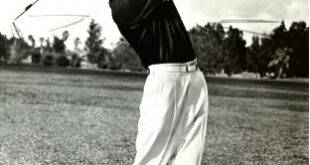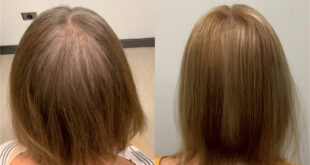 Many patients suffer with loose and non-retentive dentures. This movement can cause a number of issues ranging from difficulty chewing food to embarrassing speech (or even the accidental falling of the denture out of one’s mouth). Quick fixes often include using dental adhesive glue or having the dentist reline the denture to help try and improve stability. In many cases, these attempts only slightly or temporarily help the problem. The use of dental implants can offer dramatic improvement with these stability issues.’
Many patients suffer with loose and non-retentive dentures. This movement can cause a number of issues ranging from difficulty chewing food to embarrassing speech (or even the accidental falling of the denture out of one’s mouth). Quick fixes often include using dental adhesive glue or having the dentist reline the denture to help try and improve stability. In many cases, these attempts only slightly or temporarily help the problem. The use of dental implants can offer dramatic improvement with these stability issues.’
How a Denture Works:
In a typical situation, when the teeth are removed an impression of the mouth is taken. This mold is a snapshot of what the gum and bone structure are at that very moment. The laboratory then fabricates the denture and the dentist fits it for you. Initially (in most occasions), the denture is stable and is held in place by a snug fit against the gums.
Over time,gum and bone tissue shrink after teeth are removed. We typically see 25% loss in the first year and then slow continuous loss after that time. It makes sense that a denture would start to loosen as the shape of the gum and bone changes and shrinks. This is where the paste or dentist relining can help, but they do not completely resolve the problem.
How Dental Implants Can Help:
Many patients associate implants with replacement of individual teeth. Dental implants can be used in a variety of fashions, including the stabilization of dentures. As a simple reminder, a tooth consists of 2 parts: the crown (the part you see when you smile) and root (the anchor in the bone). When a tooth is removed, a dental implant can be placed in the empty socket under the gum (it will act as a new root). Over time, the implant and bone fuse together and the implant itself can now have a variety of things attached to it. In some cases, a new crown is made and attached to the implant root. This example most closely simulates replacing a missing tooth.
Implants can also be used in a very different fashion. A simple example is to consider the way in which a ball and socket connect (like a trailer hitch). Imagine a few implants have been placed across the upper or lower jaw. Once they have healed, a “ball” can be attached to the implant roots. At the same time, “sockets” can be added to the underside of the denture. This allows a patient to actually snap the denture in place. The denture does not move or rock when speaking or chewing. In addition, the attachment can be made so that the denture can be removed for cleaning and then locked back into place.
Patient satisfaction when using implants to support and lock in dentures is amazing. Frequently, we hear comments such as, “I can eat whatever I want again.” It is important to remember that every patient has a different set bone and gum issues. A 3D CT scan and evaluation by your surgeon and dentist can help determine what options are available to you.
Lee R. Cohen, D.D.S., M.S., M.S.
4520 Donald Ross Road, Suite 110
Palm Beach Gardens, FL 33418
Phone: 561-691-0020
www.pbcperio.com
Check Also
The Latest Technology With Hearing Aids
Many modern electronic devices these days come equipped with Bluetooth technology. This feature lets you …
 South Florida Health and Wellness Magazine Health and Wellness Articles
South Florida Health and Wellness Magazine Health and Wellness Articles




